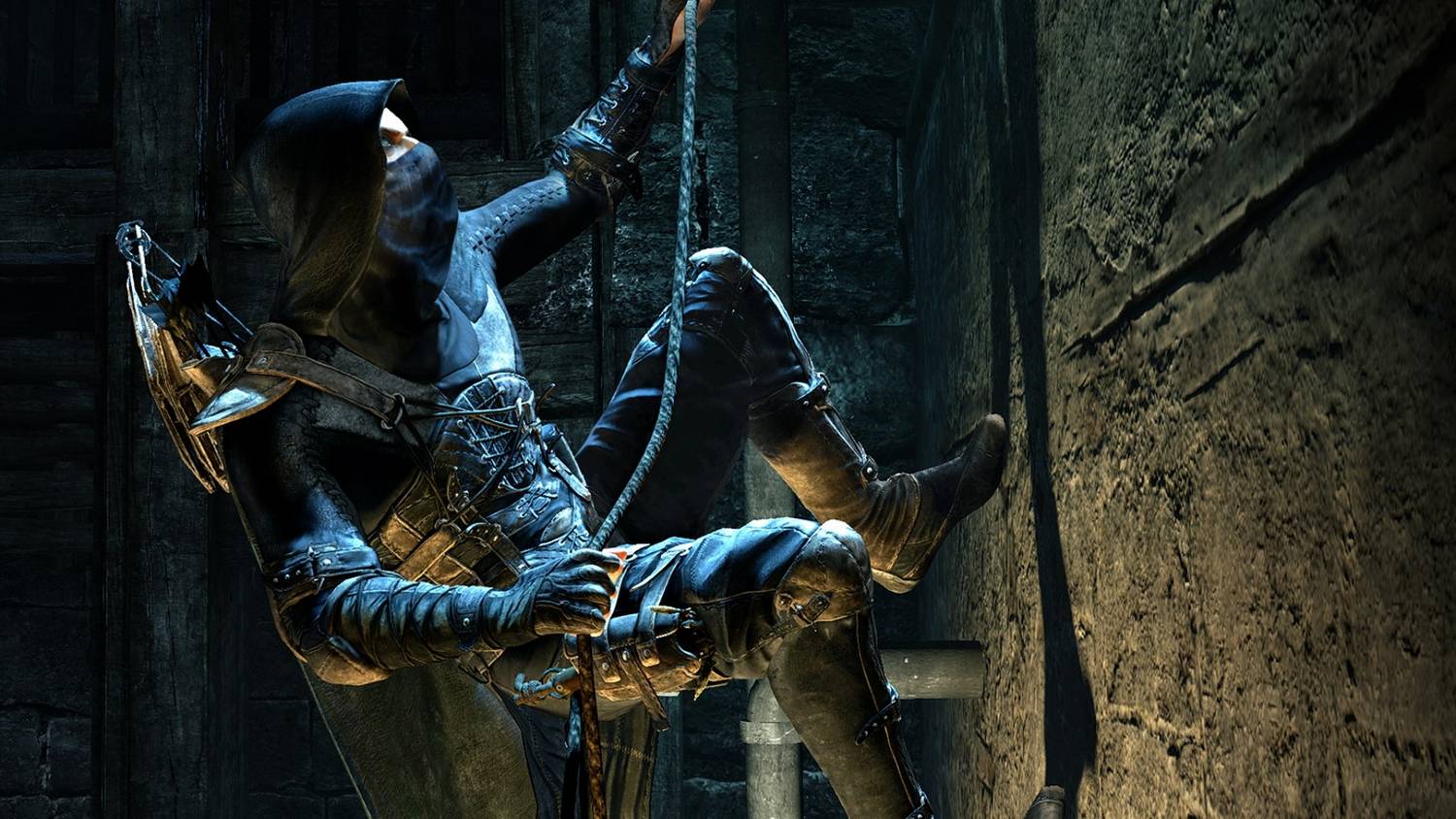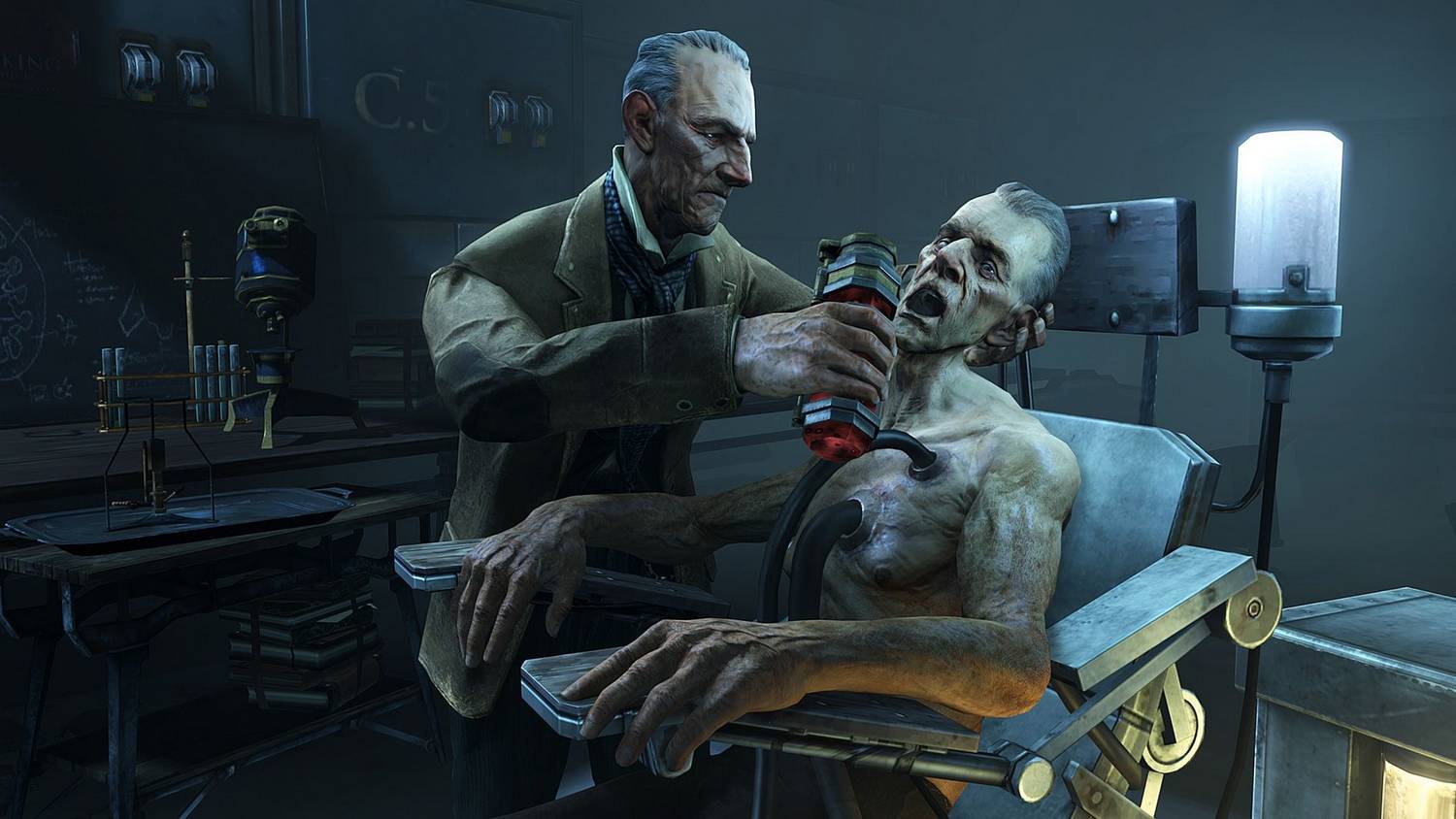The Art of the Absurd: How ‘Sweeney Todd’ Rescued the World of Dishonored
Popular Now
 Brawl Stars
Brawl Stars
 Minecraft
Minecraft
 Minecraft: Chase the Skies
Minecraft: Chase the Skies
 Valorant
Valorant
 God of War Ragnarök
God of War Ragnarök
 Fortnite
Fortnite
 EA SPORT FC 25
EA SPORT FC 25
 PUBG Mobile
PUBG Mobile
 The Legend of Zelda
The Legend of Zelda
 Free Fire Max
Free Fire Max
 The acclaimed stealth-action game Dishonored is widely celebrated for its unique blend of steampunk aesthetics, supernatural powers, and dark, compelling narrative. The world of Dunwall, with its whale oil-powered technology and plague-ridden streets, feels both fantastical and grimly realistic. However, according to its creators, the game’s initial concept was a far cry from the polished masterpiece it became. The idea of a man with magical powers teleporting around a stylized, plague-infested city “sounded a little bit ridiculous” at the beginning. It wasn’t until the development team found an unexpected source of inspiration—Stephen Sondheim’s iconic musical, Sweeney Todd: The Demon Barber of Fleet Street—that the disparate elements of Dishonored finally clicked into place, creating a coherent and memorable artistic vision.
The acclaimed stealth-action game Dishonored is widely celebrated for its unique blend of steampunk aesthetics, supernatural powers, and dark, compelling narrative. The world of Dunwall, with its whale oil-powered technology and plague-ridden streets, feels both fantastical and grimly realistic. However, according to its creators, the game’s initial concept was a far cry from the polished masterpiece it became. The idea of a man with magical powers teleporting around a stylized, plague-infested city “sounded a little bit ridiculous” at the beginning. It wasn’t until the development team found an unexpected source of inspiration—Stephen Sondheim’s iconic musical, Sweeney Todd: The Demon Barber of Fleet Street—that the disparate elements of Dishonored finally clicked into place, creating a coherent and memorable artistic vision.
 The Creative Struggle: Finding Cohesion in Chaos
The Creative Struggle: Finding Cohesion in Chaos
In the early days of development, Arkane Studios was grappling with a game that had great ideas but lacked a unifying theme. They had a compelling stealth system, supernatural abilities like teleportation and possession, and a setting inspired by Victorian-era London. The problem was that these pieces didn’t feel like they belonged in the same world. How do you reconcile a gritty, industrial setting with a main character who can summon swarms of rats? The juxtaposition was jarring, and the team struggled to find a way to make it all feel believable and artistically sound. This creative roadblock is a common challenge in game development, where great mechanics and concepts can fall flat without a strong, cohesive artistic direction.
 The Musical Revelation: Unlocking Dunwall’s Soul
The Musical Revelation: Unlocking Dunwall’s Soul
The turning point came when the development team started looking beyond traditional gaming and science fiction influences. They found their answer in the dark, macabre, and highly stylized world of Sweeney Todd. The musical, set in 19th-century London, tells the story of a vengeful barber who murders his clients and turns them into meat pies. While the narrative itself is gruesome, it’s the show’s aesthetic and tonal choices that provided the blueprint for Dishonored.
- Embracing the Macabre and Theatrical: Sweeney Todd is a musical that is both beautiful and horrifying, blending a sense of high drama with grotesque violence. This unique tone resonated with the Dishonored team. They realized that instead of shying away from the absurdity of a man with supernatural powers in a Victorian-era setting, they could lean into it. The world of Dunwall became a stage, and Corvo Attano, the protagonist, became a theatrical figure of vengeance.
- A Blend of the Beautiful and the Industrial: The musical’s production design often features a stark contrast between the opulence of the upper class and the grimy, smoke-filled streets of industrial London. This visual tension was a key inspiration for Dishonored. The team adopted this style, creating a world where opulent, aristocratic mansions stand in stark relief against the cramped, disease-ridden tenements of the lower class. The whale oil technology, while impressive, is also a source of filth and decay. This blend of beauty and decay gave Dunwall a distinctive, unforgettable look.
- The Power of the Absurd: Sweeney Todd takes its ridiculous premise—a barber who bakes people into pies—and treats it with complete seriousness and artistic conviction. This approach gave the Dishonored team the confidence to embrace their own “ridiculous” elements. The idea of a magical, rat-summoning assassin no longer seemed out of place; it became a core part of the game’s identity, a fantastical element that fit perfectly within its stylized, theatrical world.
The Lasting Legacy: Artistic Cohesion and Game Design
The influence of Sweeney Todd on Dishonored goes beyond aesthetics. It provided the game with a central artistic thesis: to take a fantastical premise and ground it in a world that feels coherent and tonally consistent. This approach allowed the game’s designers to create a truly immersive experience, where every visual choice, from the character designs to the level architecture, felt purposeful. This philosophy is evident in other acclaimed games from Arkane Studios, such as Deathloop and the Prey reboot, both of which excel at blending disparate, “ridiculous” concepts into a beautiful, cohesive whole.
The story of Dishonored’s development is a powerful lesson for aspiring creators in any medium. It shows that sometimes, the most unexpected sources of inspiration can provide the missing piece to a creative puzzle. By looking outside the confines of the genre, the developers at Arkane Studios were able to transform a collection of promising but disparate ideas into a singular, iconic artistic vision that has stood the test of time.
Conclusion: From a Spark of an Idea to a Theatrical Masterpiece
The journey of Dishonored from a collection of “ridiculous” concepts to a critically acclaimed masterpiece is a testament to the power of artistic collaboration and finding the right creative inspiration. The team’s discovery of the aesthetic and tone of Sweeney Todd provided the vital connective tissue that transformed a good idea into a great game. The result is a world that feels both deeply familiar and utterly unique, a dark and beautiful stage for a tale of vengeance and betrayal. The next time you find yourself blinking behind an enemy guard or possessing a rat to bypass a locked door in Dishonored, remember the macabre musical that helped make it all possible.










